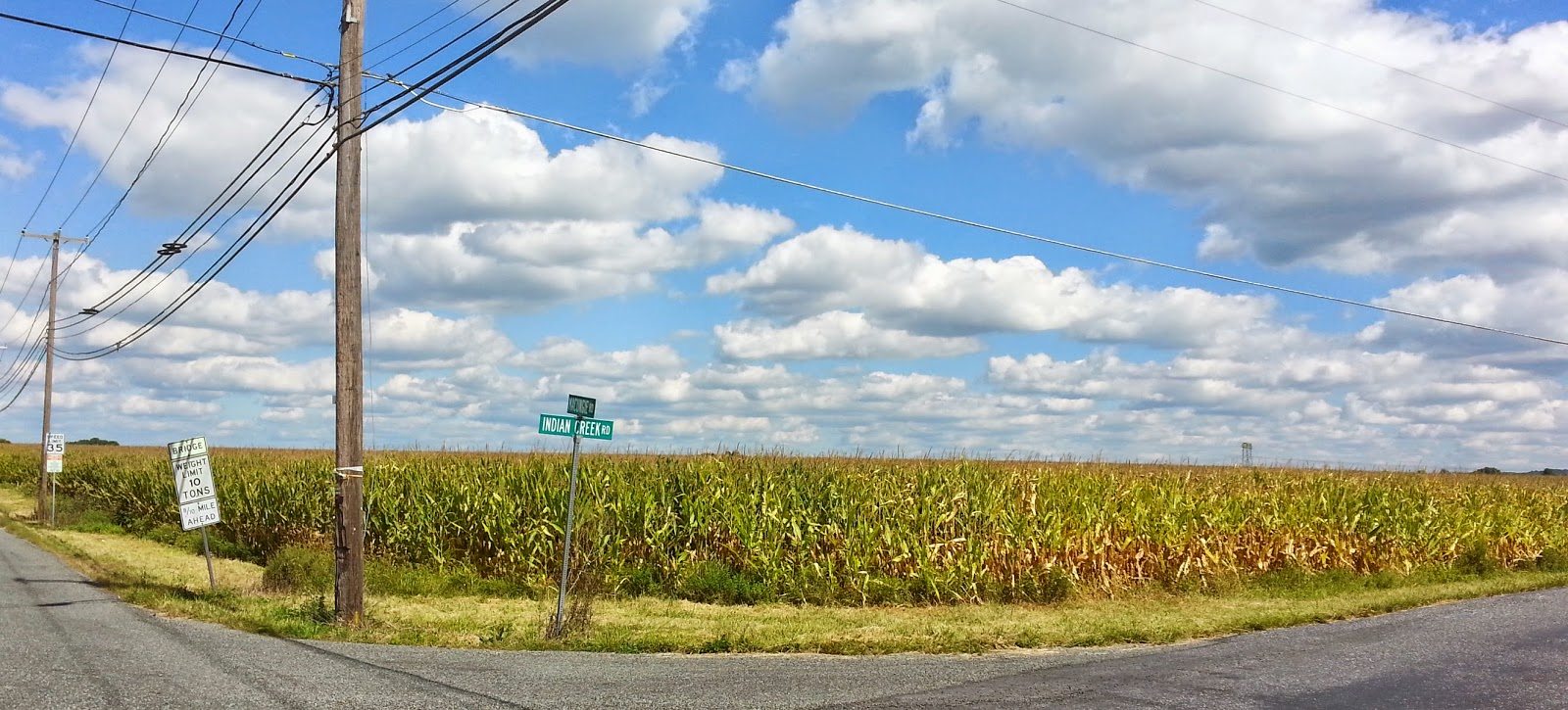What do we mean
by open space preservation? That’s a
question that some residents here in Lower Macungie Township, where I live, are
starting to ask. Lower Macungie has the
dubious distinction of having been the fastest growing municipality in
Pennsylvania for the decade from 2000 to 2010. In that decade, Lower Macungie's 22 square
miles gained 11,413 new residents, a 59% increase from 2000. We now have about 31,000 residents.
Many current
residents, whether they have lived here 5 years or 45 years, are lamenting the
loss of so much of the farmland that had originally attracted them to this once
rural area. So naturally, there has been
talk of trying to get a coherent open space preservation policy established in
Lower Macungie for quite some time. But
when locals say Lower Macungie needs to preserve open space, what exactly does
that mean?
To answer that
question, I first have to explain what has happened to the local farm land over
the past several decades. The problem
with much of Lower Macungie's farmland is that, several decades ago, a significant
portion of it was zoned to allow subdivision into residential lots with a
minimum size of either 12,000 or 18,000 square feet. That zoning decision effectively opened the
door for developers to begin offering farmers a sizable nest egg for their retirement
in exchange for purchasing their farms.
So if we want to
preserve open space, are we talking about competing with developers to buy
these local farms? Not necessarily. Buying land outright is not really an
efficient way for a municipality to preserve open space. Municipalities
don't usually want to be in the farming business or the real estate management
business. Instead, the most
straightforward way to preserve open space is to find a buyer for the land
owner's development rights. It could be
the township. It could be the county. Or it could be a non-profit land trust
organization. Generally, the cost of the
development rights is simply the difference between how much a developer would
pay for that farm and how much another farmer would pay to buy the land to
continue farming it. And it could be a
significant windfall for a self-employed farmer who needs to supplement meager
retirement savings.
Buying development
rights from land owners is a win-win. The
farmer wins because he or she gets paid for selling a valuable but intangible portion
of their farm. They can continue to farm
their land and use it as they please. They
may also pass it down to their children to continue the farming tradition. Severing the development rights simply makes the
farm unmarketable to a developer. So the
rest of the community wins, because one less farm will be lost to development
and all of the traffic, stormwater runoff and school crowding associated with
it.
In a later post, I'll explain how to fund purchase of development rights.

Very good explanation. Purchase of development rights is the only effective way to permanently preserve open space and farmland. Lehigh and Northampton counties have successfully been doing it for years but they have limited funds and development rights in high end townships like Lower Macungie are too costly. It's about time Lower Macungie and other high growth townships contribute their part and add money to the county money to begin acquiring these pricey development rights.
ReplyDelete